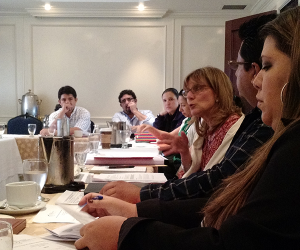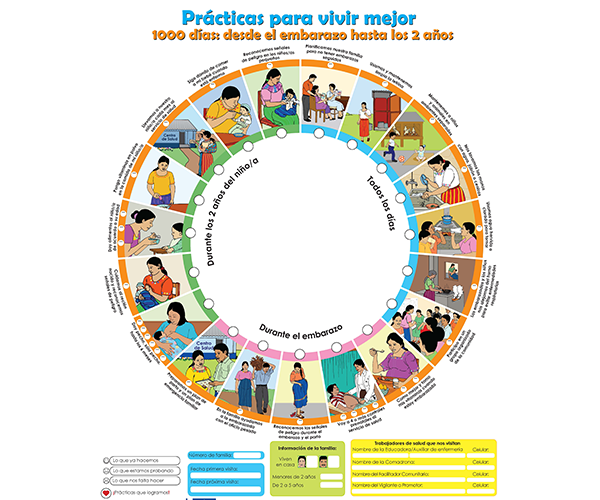Guatemala Nutrition Message Analysis Can Help Harmonize Supporting Messages
In the Western Highlands region of Guatemala, many children live in impoverished households and experience chronic malnutrition and growth stunting. Malnutrition is the highest in this poverty-stricken region of the country, most recently measured at a staggering 68% (MEASURE baseline for Western Highlands Integrated Program, 2013). Currently, over a dozen development projects in the Western Highlands are working to improve the health and nutrition of pregnant women and children, increase economic growth in the region to alleviate poverty, improve education for young people, increase and improve sustainable agricultural practices, mitigate the impact of climate change, and promote democratic participation and transparency in governance activities. Guatemala’s USAID mission wants to integrate this diverse development portfolio in the Western Highlands region to streamline the projects’ activities, prevent duplicated efforts, and maximize impact.
With so many projects actively promoting behaviors related to food security in the same communities, there was concern that Western Highlands’ community members might be hearing conflicting health and nutrition messages from different projects. Conflicting messages could be confusing, and lessen the impact of social and behavior change communication (SBCC) campaigns. With this in mind, Guatemala’s USAID Mission asked HC3 to conduct a consistency analysis of key messages in use in the region in order to support the integration and streamlining of SBCC activities in the Western Highlands.
The analysis compared key messages on 31 topics that appeared in 131 SBCC materials collected from eight development projects. The topics focused on key behaviors during the First 1,000 Days of life, which begin at conception and extends through the child’s second birthday. This timeframe is widely seen as an important opportunity to create lifelong improvements in health and development for children. The topics cover nutrition during pregnancy, drinking clean water, breastfeeding, complementary feeding, and other related nutrition, health, and WASH behaviors.

HC3’s Patricia Poppe (third from right) discusses the consistency analysis with representatives from other development projects in the region.
HC3’s analysis revealed some good news: cases of messages outright contradicting each other were rare, meaning a low possibility someone would hear conflicting messages. However, the analysis also revealed that projects are using a wide variety of different and varying supporting messages to promote the same behaviors. Additionally, though key messages are similar, in many cases the project materials are using different terms and language to talk about them in their supporting messages, and this can cause confusion.
The differences and inconsistencies found could be due to the differing project objectives, may reflect specific formative research findings, or be informed by other strategic priorities. However, it’s important that the Western Highlands projects examine the key messages being used within each topic, and arrive at consensus regarding how to handle differences or inconsistencies so target audience members aren’t confused by conflicting messages or overwhelmed by large numbers of supporting messages that can differ across projects. This analysis highlights that message harmonization efforts should be focused on the supporting messages, and only on the sub-set of themes that lack consistency.
This analysis was unique in its comparison of key messages across so many topics and from so many different projects. The time-intensive analysis involved HC3 staff reading all 131 materials, cataloging their contents message by message, then comparing and analyzing all of them at the topic and sub-topic level. The USAID Mission in Guatemala provided invaluable support and guidance throughout the process.
Click here to view the full report. (En Español)









Leave a Reply
Want to join the discussion?Feel free to contribute!